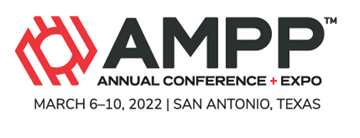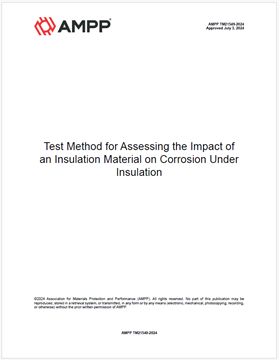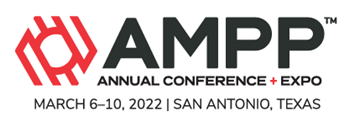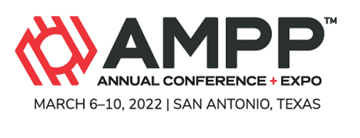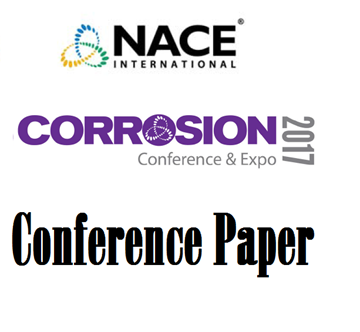Search
Products tagged with 'temperature'
View as
Sort by
Display
per page
A Review Of Chloride Stress Corrosion Cracking Factors For Austenitic Stainless Steel
Product Number:
51322-17524-SG
Publication Date:
2022
$20.00
A Study of Various Parameters Affecting the Performance of Liquid-Applied Epoxy Pipeline Coatings
Product Number:
51323-19474-SG
Publication Date:
2023
$20.00
AMPP TM21549-2024, Test Method for Assessing the Impact of an Insulation Material on Corrosion Under Insulation
Product Number:
AMPP TM21549-2024
Publication Date:
2024
$109.00
Characterization of 304 Stainless Steel Crack Tips Exhibiting High Temperature Retardation in Deaerated Water
Product Number:
ED22-18392-SG
Publication Date:
2022
$20.00
Chloride-induced Corrosion of Reinforcing Steels Used in Concrete Structures at Various Temperatures
Product Number:
51323-18920-SG
Publication Date:
2023
$20.00
Determination Of Oxygen Limits For Corrosion Resistant Alloys (Cras) In Oil & Gas Produced Water Based On Electrochemical Test Methods – Part 1
Product Number:
51322-17939-SG
Publication Date:
2022
$20.00
Determination of the Acceptability Conditions for a Safe Use of Alloys UNS S32750 Through SSRT Screening
Product Number:
51321-16322-SG
Publication Date:
2021
$20.00
Effect Of Environmental Parameters On Atmospheric Corrosion Of Infrastructures Of Canada
Product Number:
51322-17819-SG
Publication Date:
2022
$20.00
Evaluation Of Specific Energy Absorption Rate In Aged EPR-Insulated Cables Using Finite Element Analysis
Product Number:
ED22-17312-SG
Publication Date:
2022
$20.00
Field Experience On Why Pipeline In-Line Inspections (ILI) Fail
Product Number:
51321-16884-SG
Publication Date:
2021
$20.00
In-situ CPT of Austenitic and Duplex Stainless Steels on Chloride Containing Environments
Product Number:
51317--9312-SG
ISBN:
9312 2017 CP
Publication Date:
2017
$20.00
Laboratory Investigation Of Coating Impedance In Controlled Environments Using A Two-Cell Field Test Method
Product Number:
51323-19155-SG
Publication Date:
2023
$20.00

